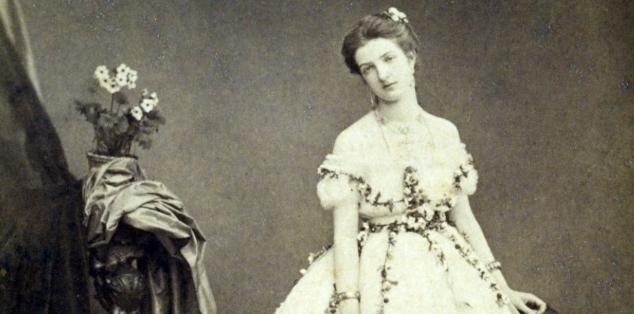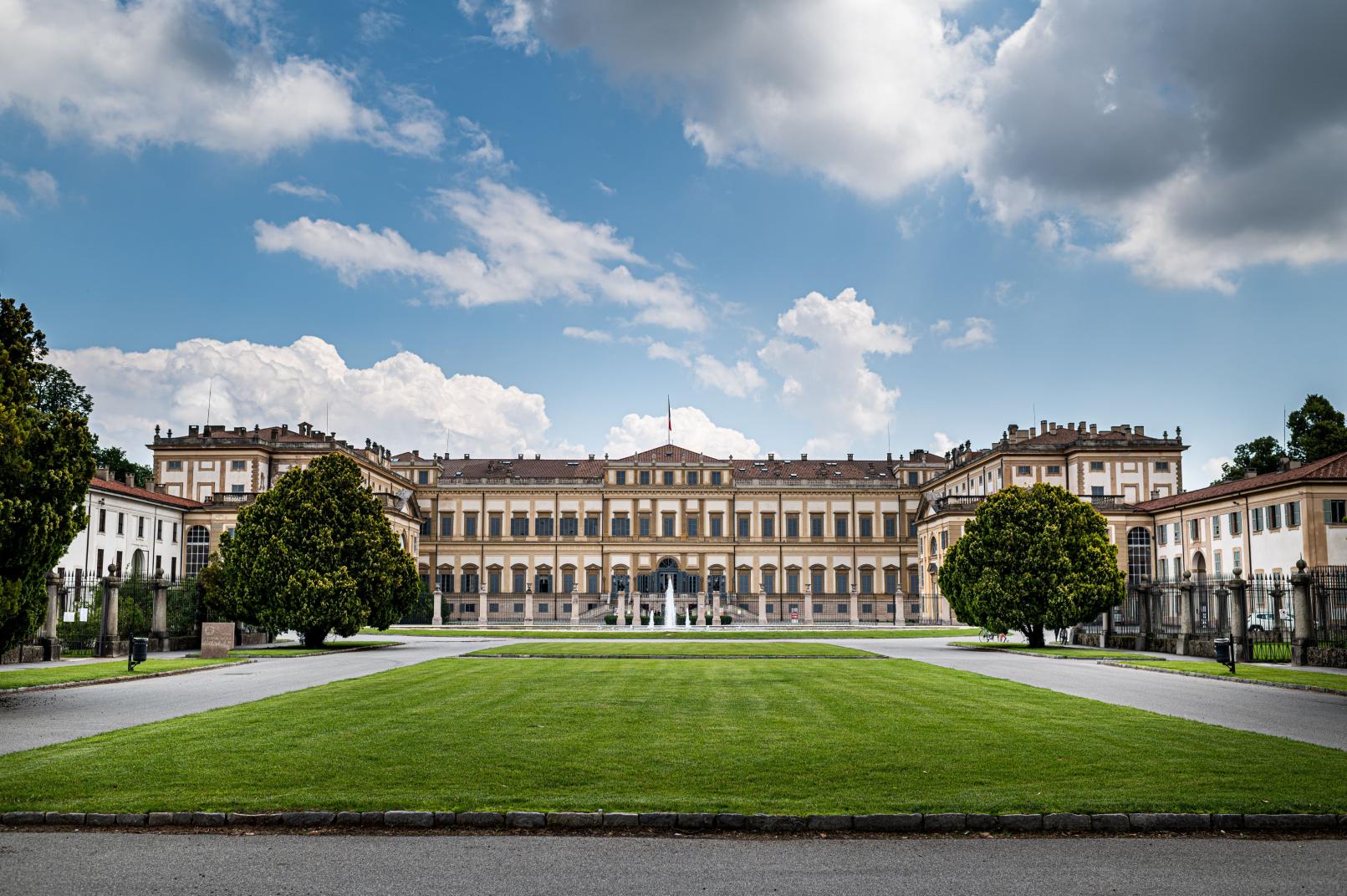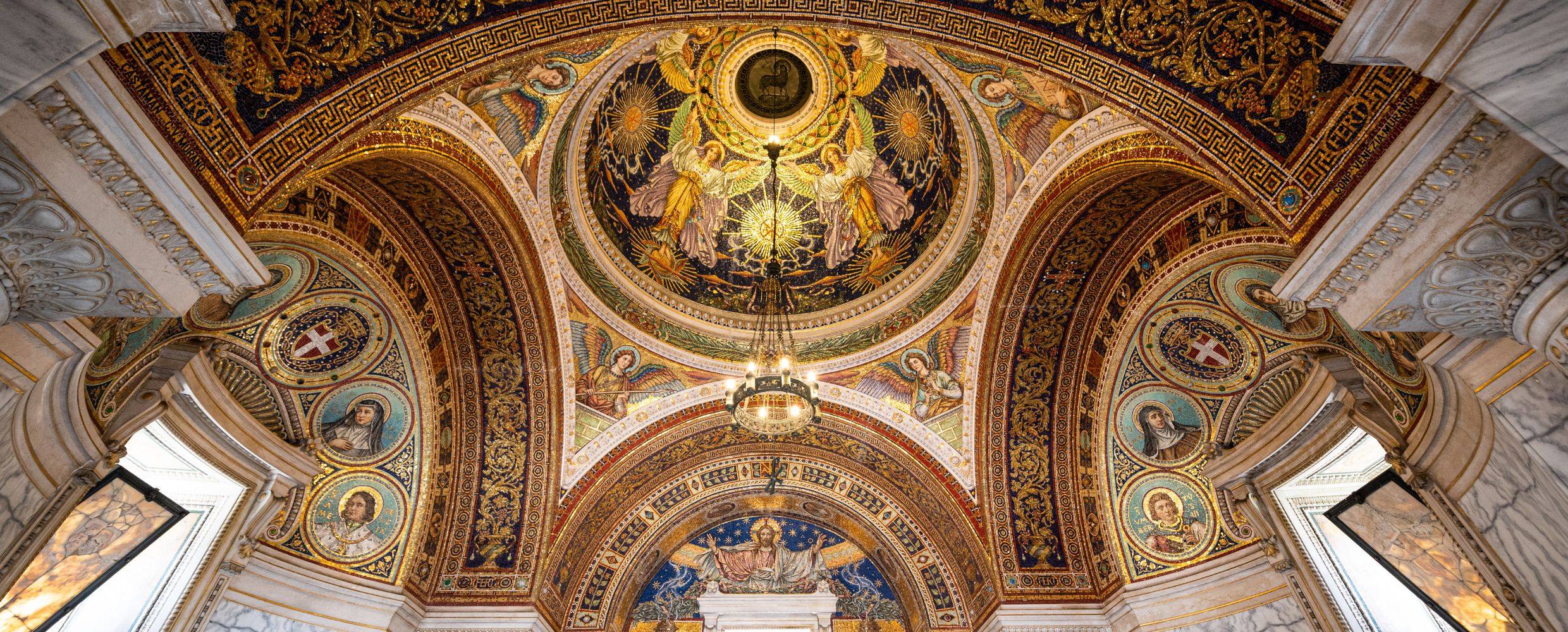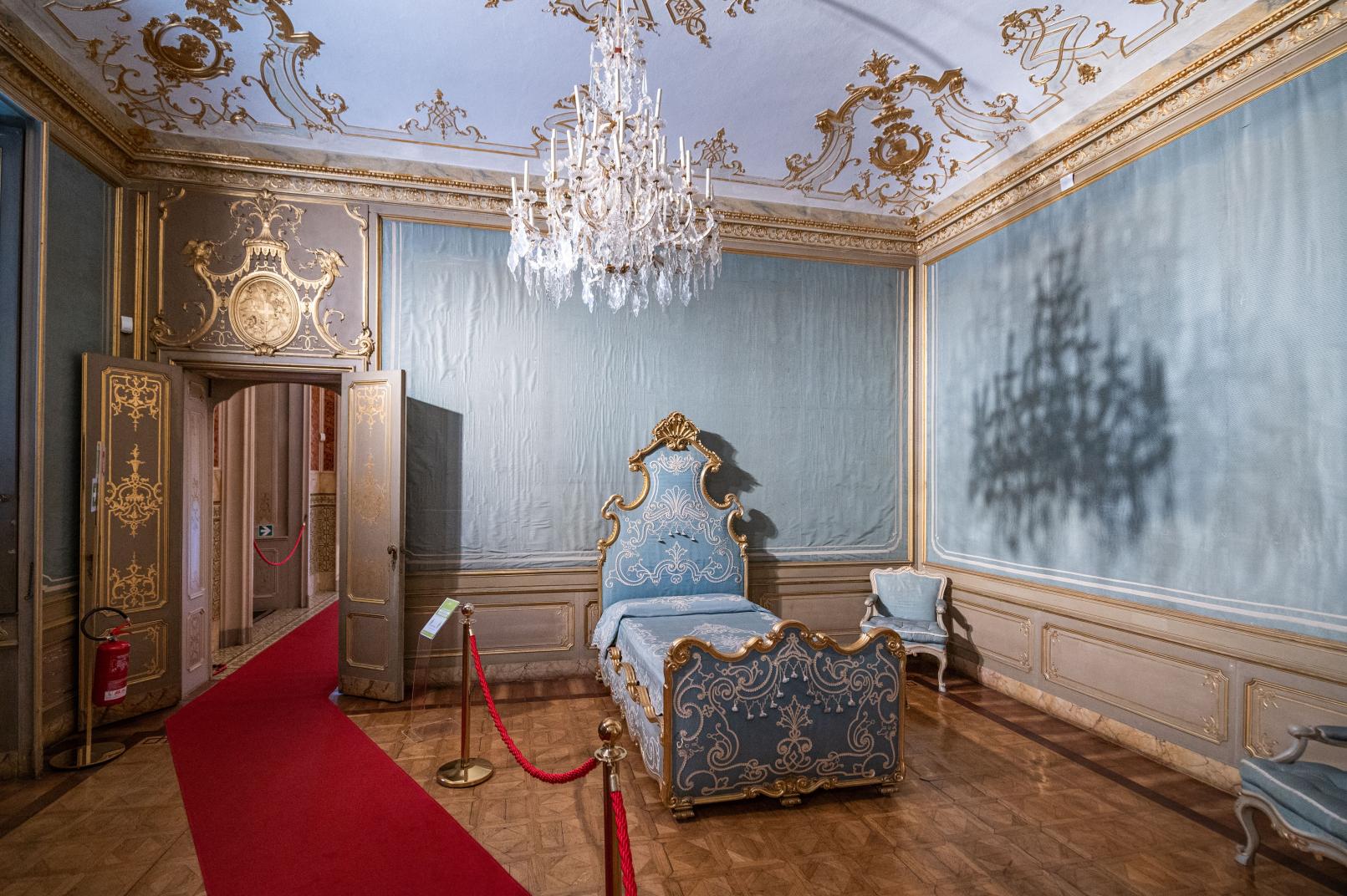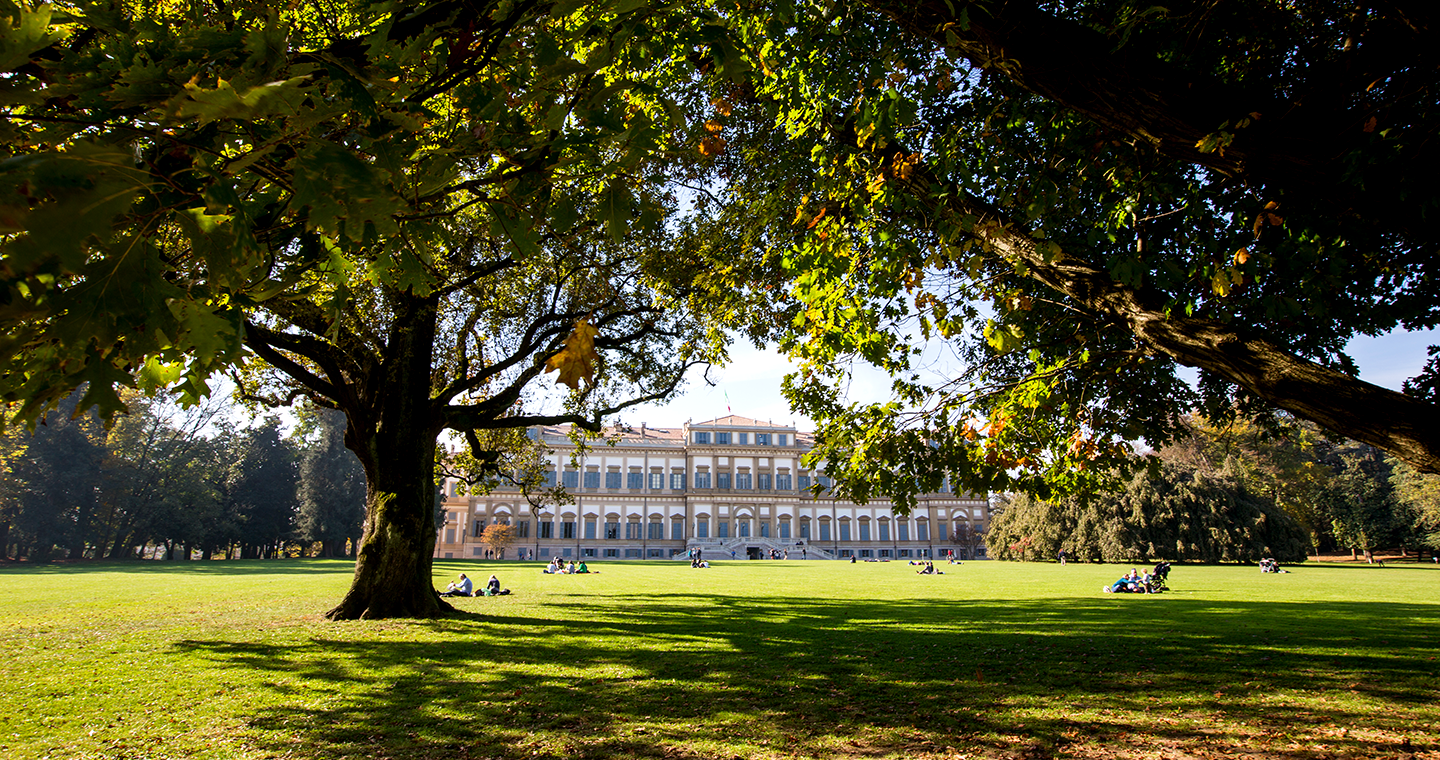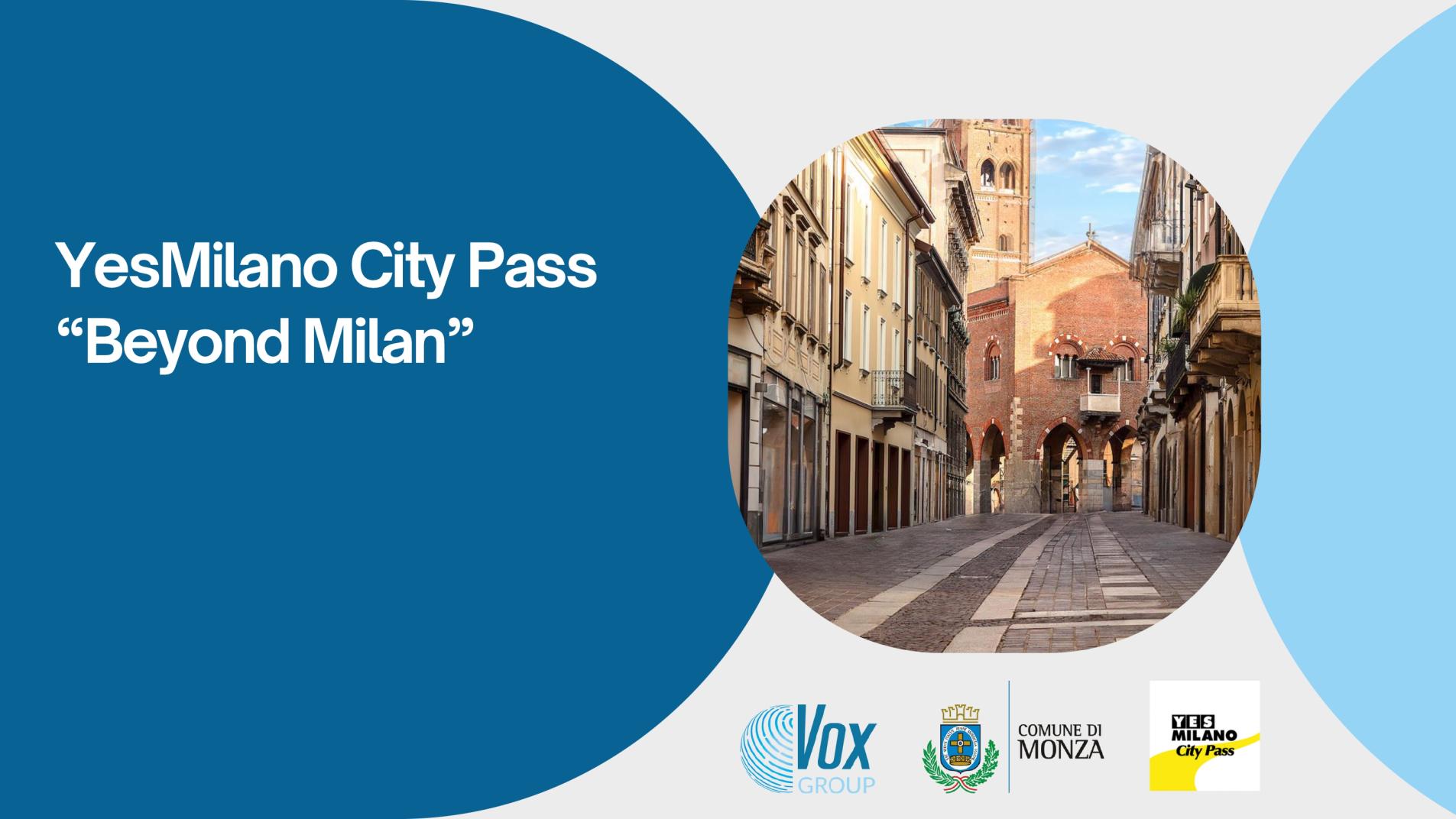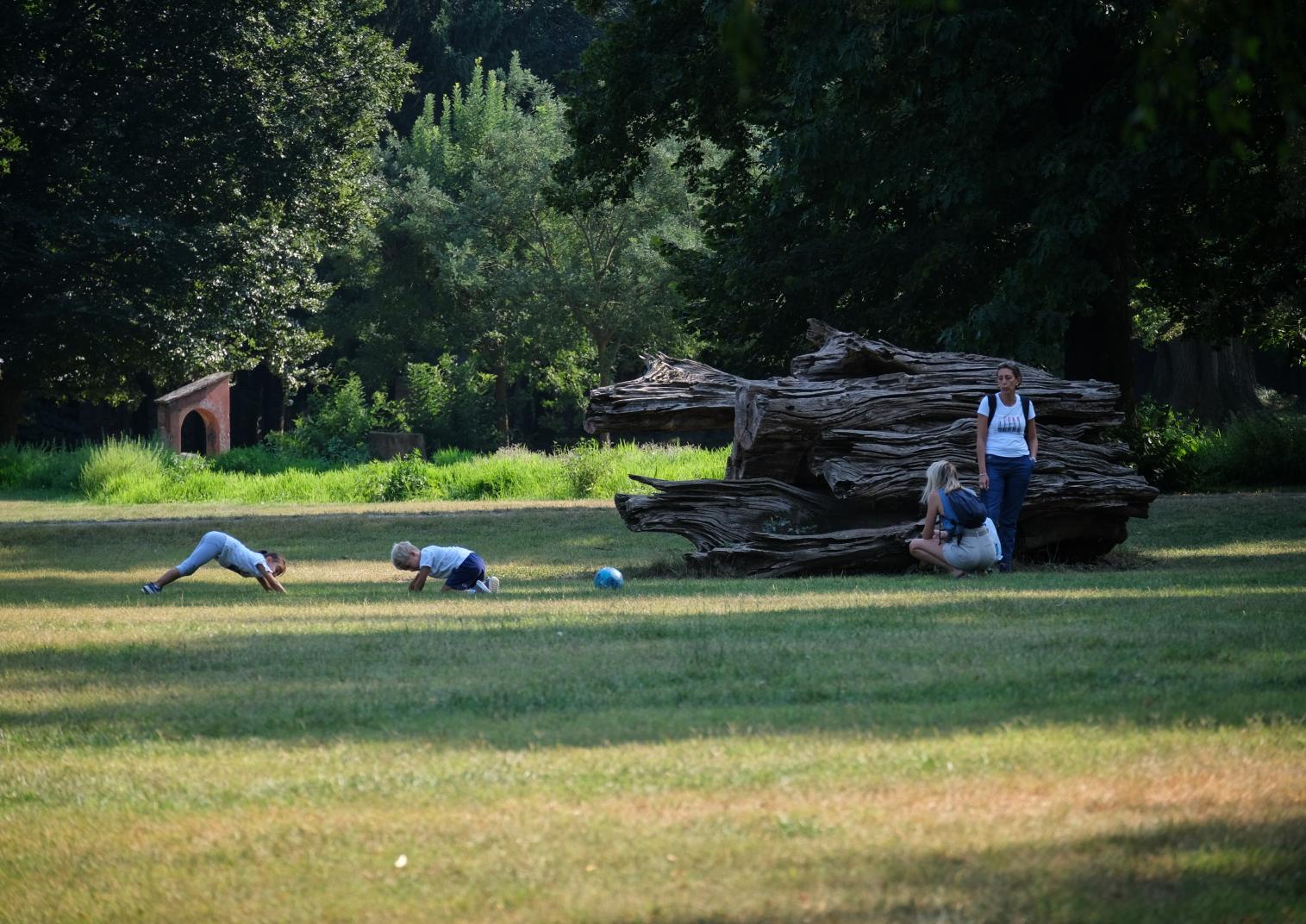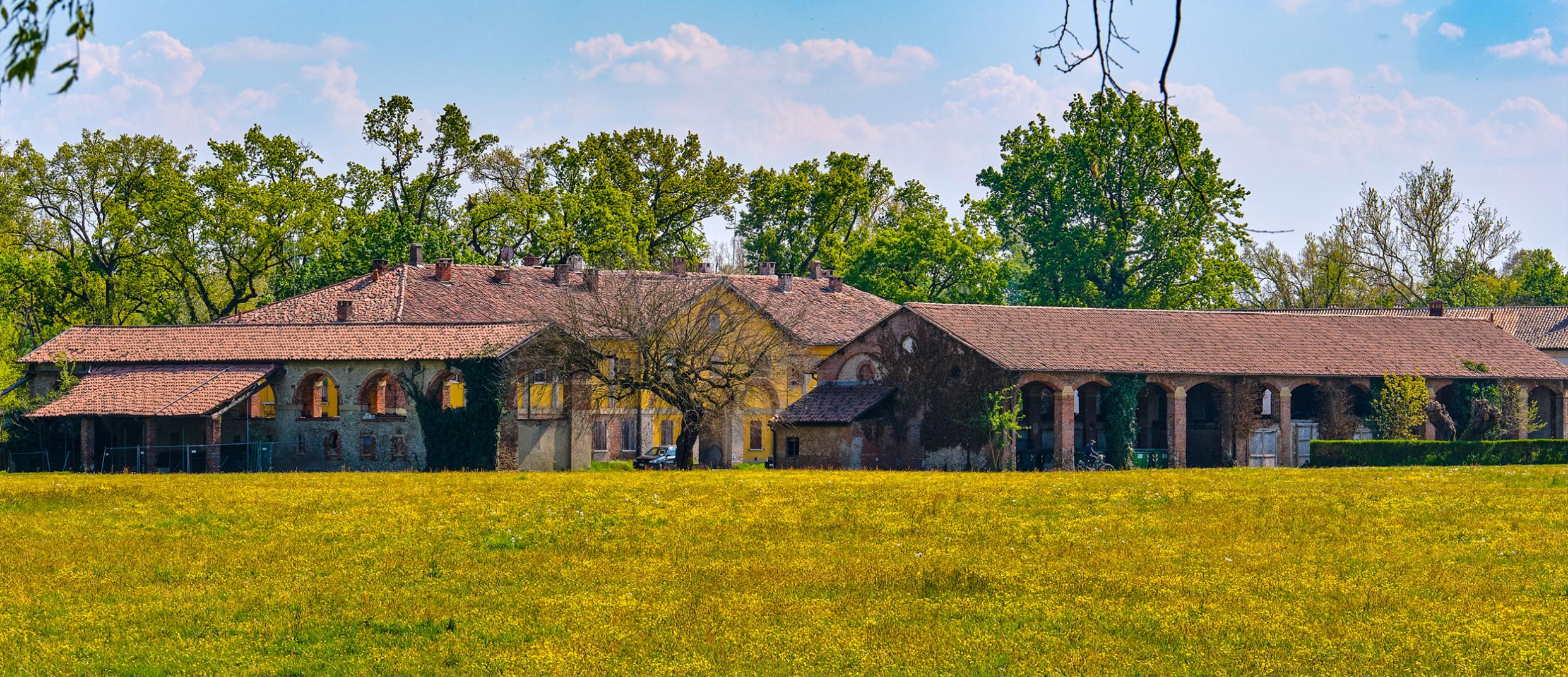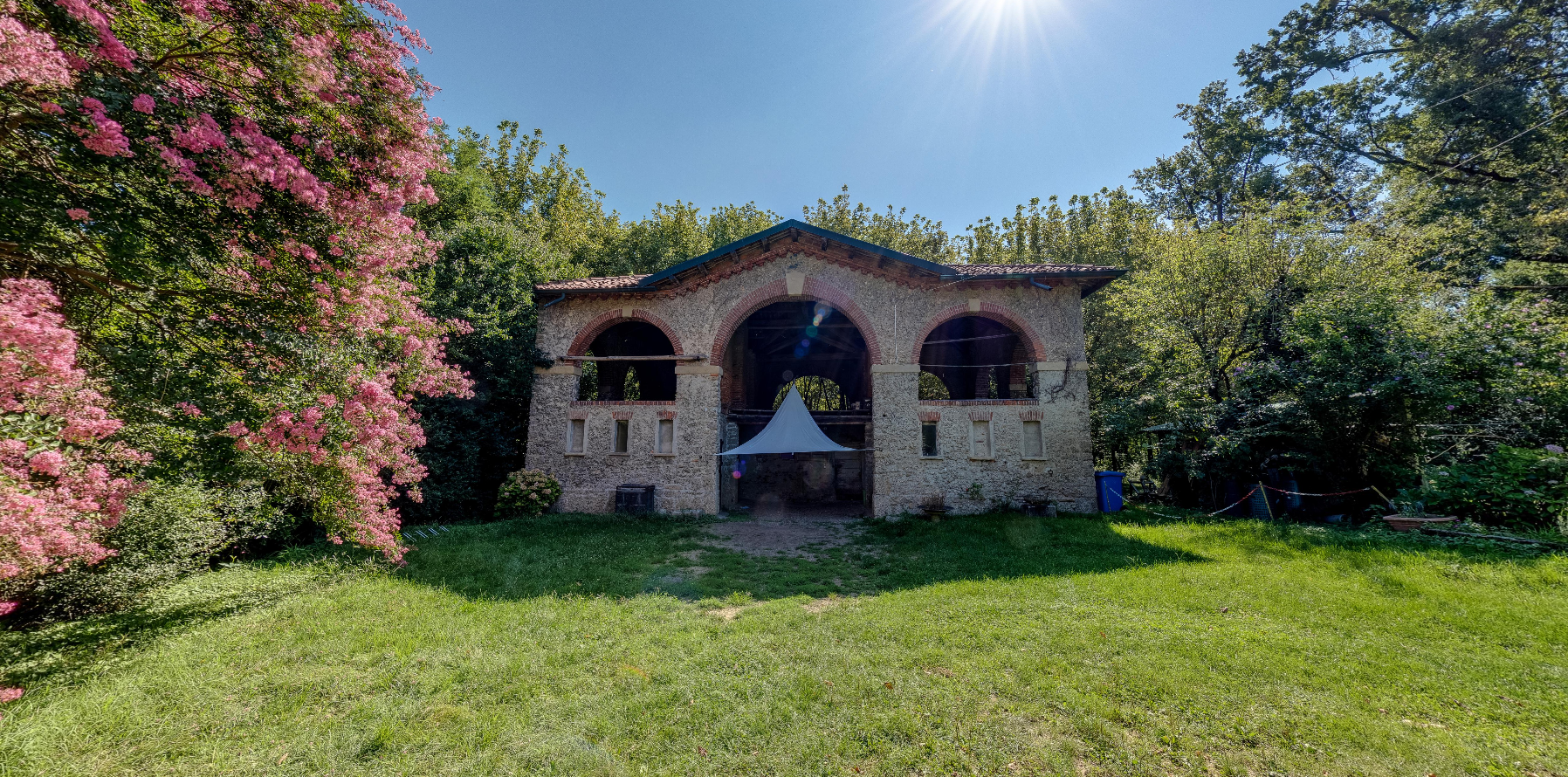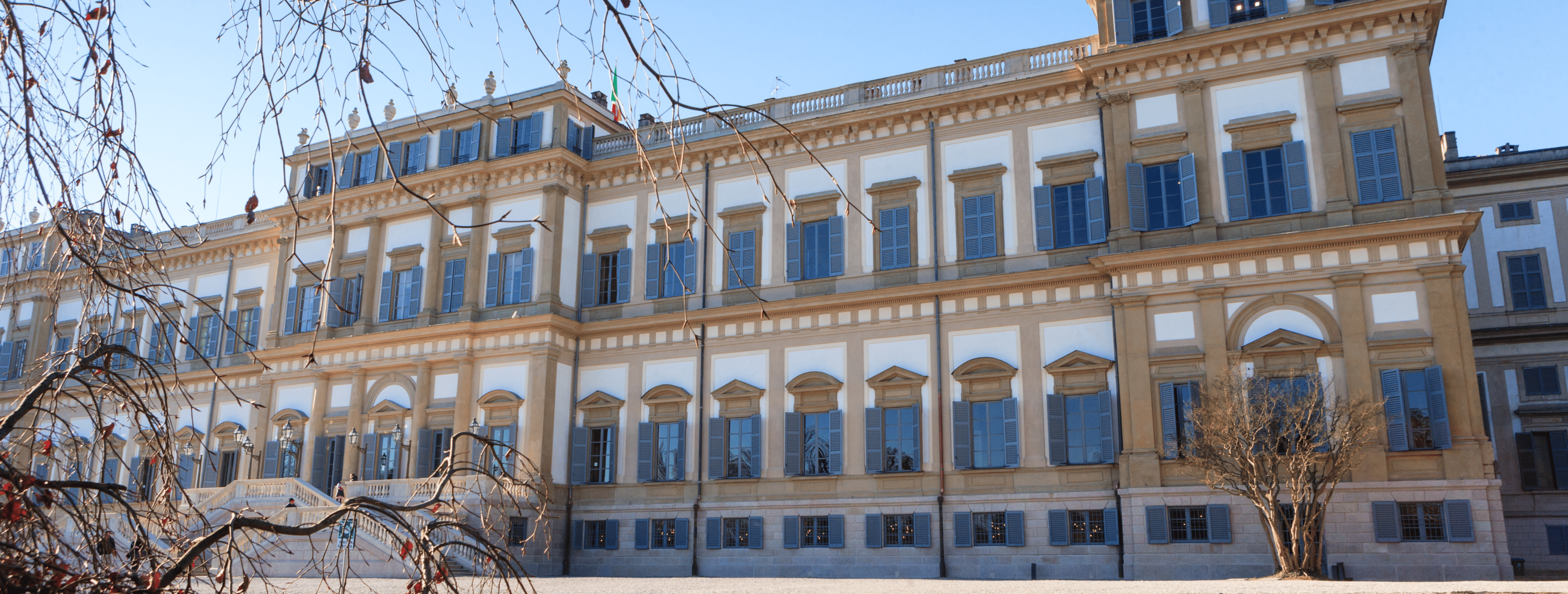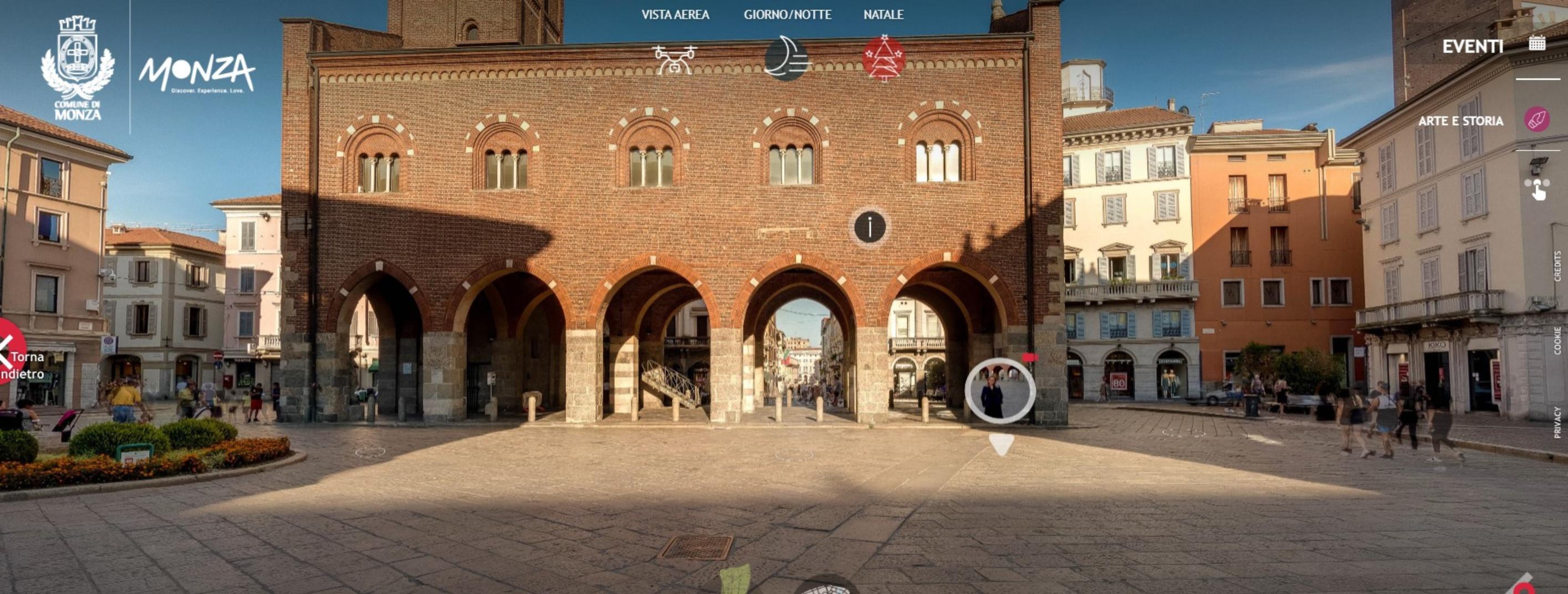The first queen of Italy was born in Turin on November 20, 1851. The eldest daughter of Ferdinand of Savoy, duke of Genoa, younger brother of Victor Emmanuel II, and Maria Elisabeth, princess of Saxony, she married the future king, Umberto I of Savoy, her first cousin, on April 22, 1868. The King's wedding gift to the newlyweds: the Villa Reale in Monza, formerly the archducal summer residence of the Habsburgs.
The honeymoon had precise political intentions, conceived as a grand promotional tour along the entire peninsula, with the intention of strengthening the unity of the newly born Italy and introducing the future sovereigns. Settling in Naples at the residence of Capodimonte, in 1869 she gave birth to their only son, Victor Emmanuel III.
On January 9, 1878, Umberto ascended the throne and Margaret became the first queen of Italy. They went to live in the Quirinal Palace in Rome, but they also frequently stayed at the Villa Reale in Monza, a favorite summer residence.The marriage was unhappy because of the constant infidelity of her husband, who had long since begun an affair with a member of the Milanese aristocracy, Duchess Eugenia Attendolo Bolognini in Litta Visconti Arese. Nevertheless, Margherita remained dignified at his side, supporting him politically.
Intelligent, elegant and sensitive to the arts, she was a queen much loved by her people. Gifted with political insight, she made a decisive contribution to the construction of the national identity of the ruling house, earning appreciation even from the republican Carducci, who dedicated to her the ode Alla regina d'Italia. A real cult of the queen was born, court life was brilliant, and people began to talk about the so-called "Margheritism," which extended to every sphere of life, from cooking to clothing.
On July 29, 1900, Umberto and Margherita were visiting Monza, invited by the Forti e Liberi sports club to award various athletes. At 10:30 p.m. that day, at the end of a gymnastic event, the king was killed at the hands of Gaetano Bresci, right in front of the Villa. On August 11, 1900, the throne passed to her son, who became King Victor Emmanuel III, and Margaret discreetly adapted to the role of queen mother, yielding the scene to her daughter-in-law Elena.
She died in Bordighera in 1926; she is buried at the Pantheon.

